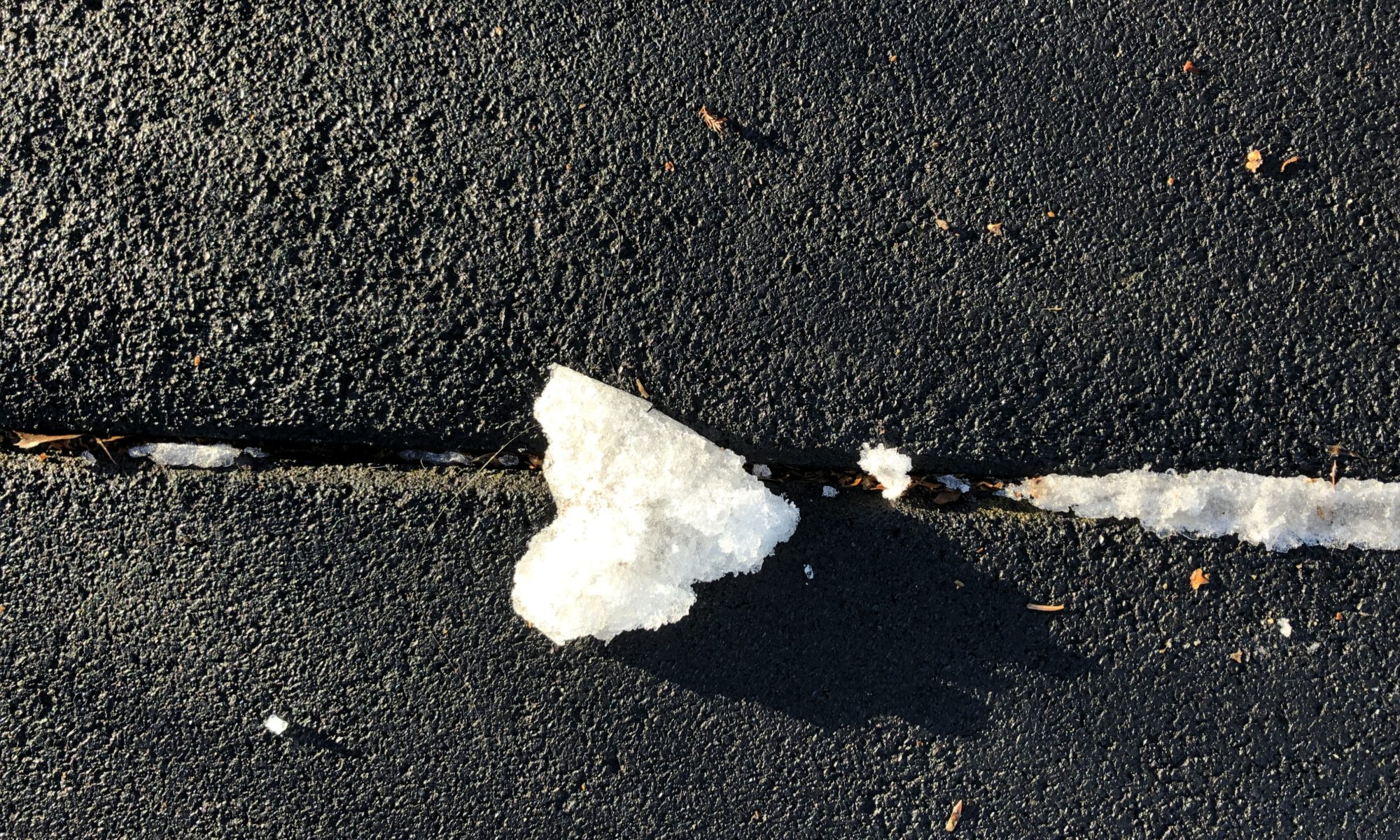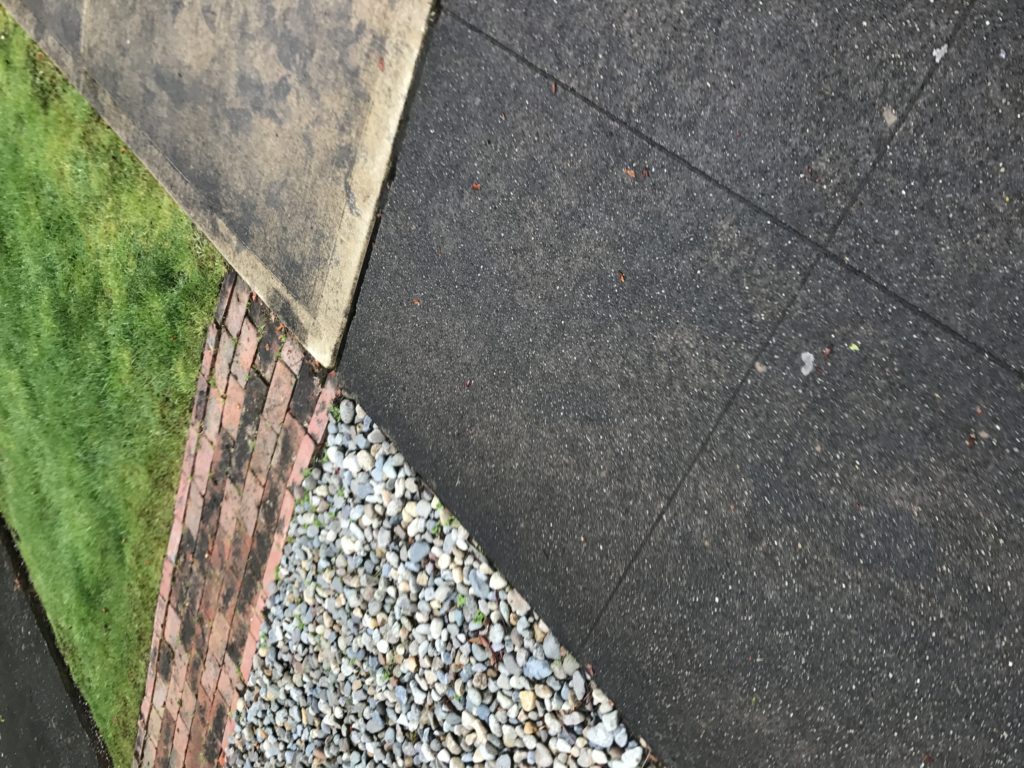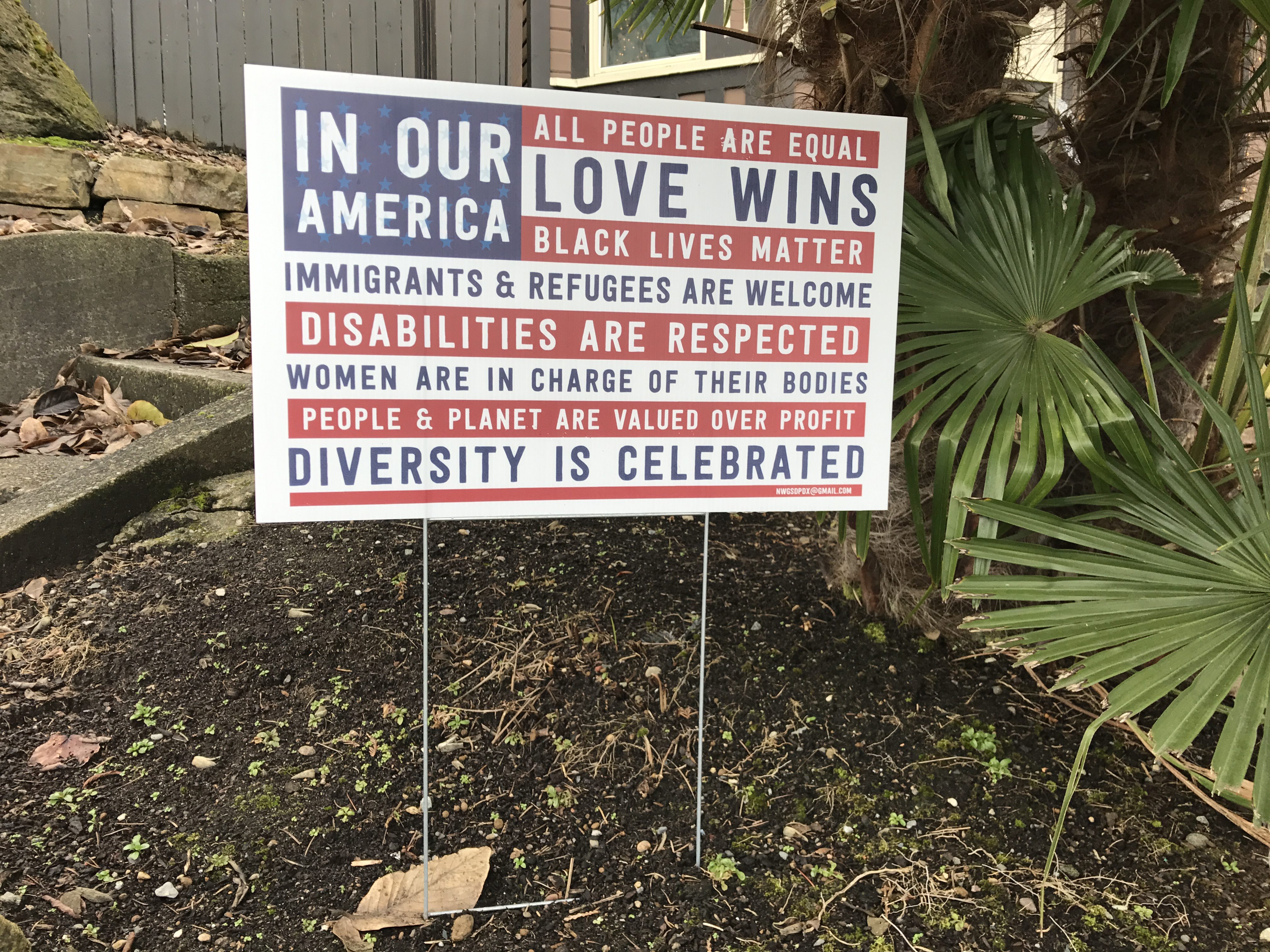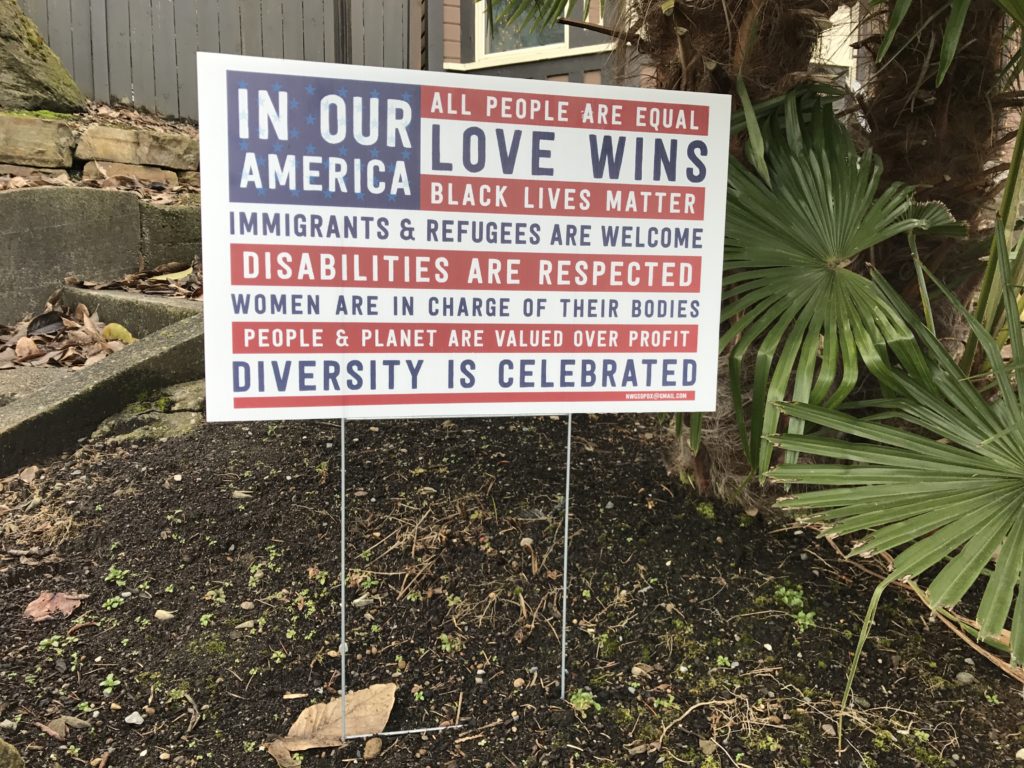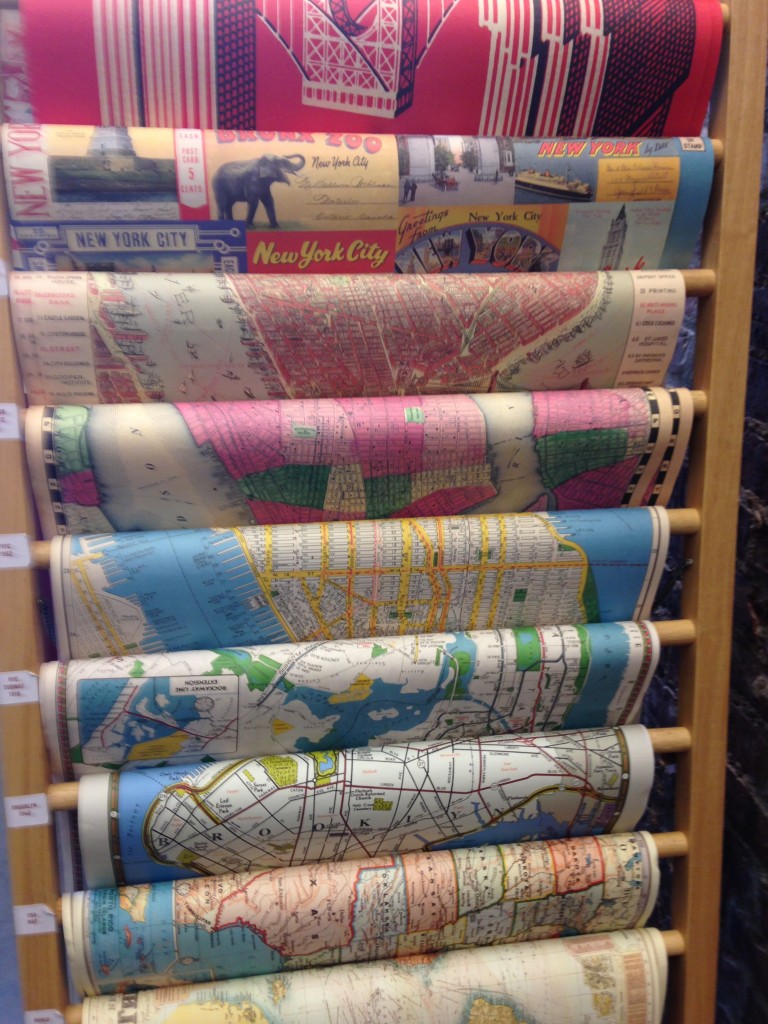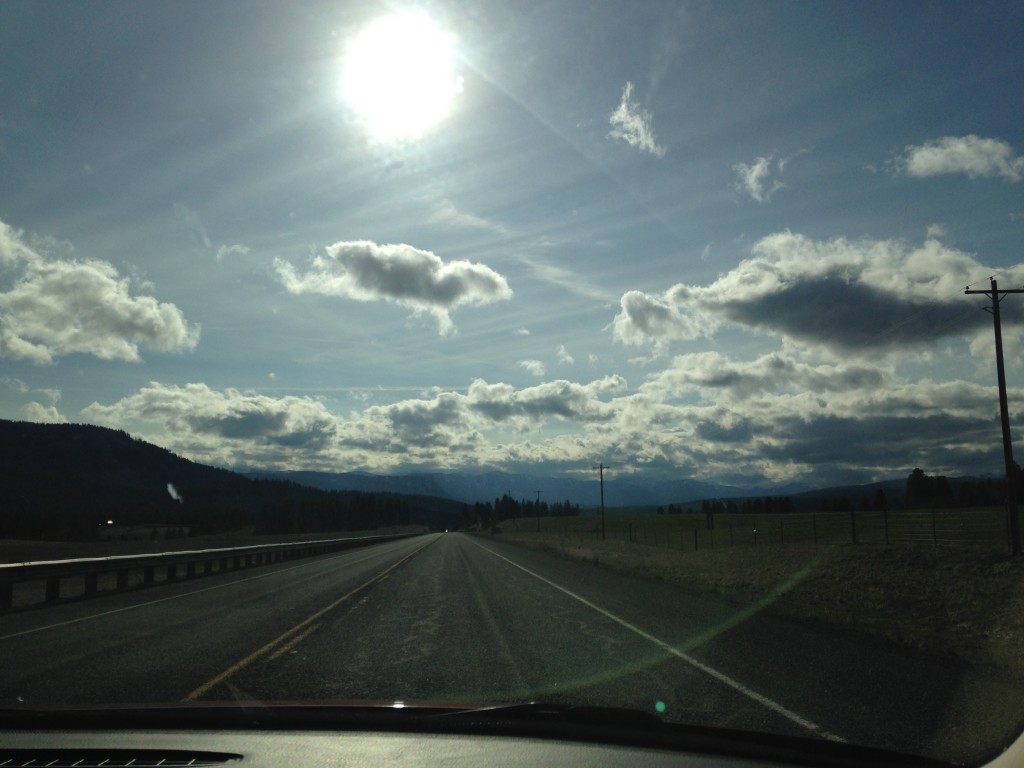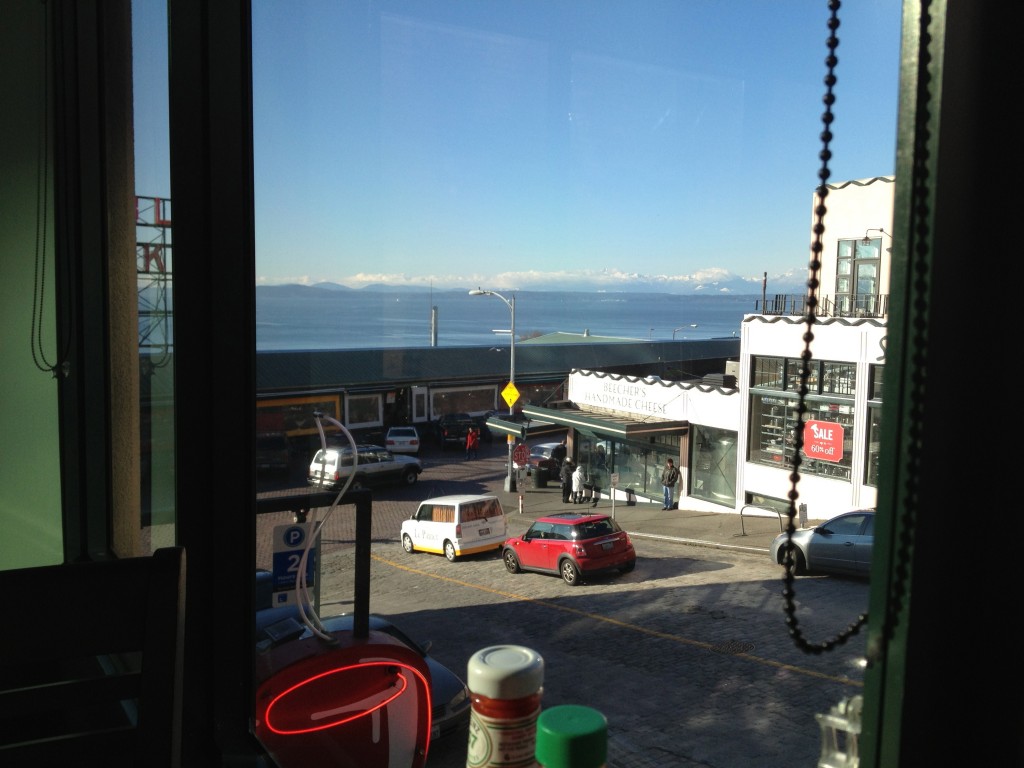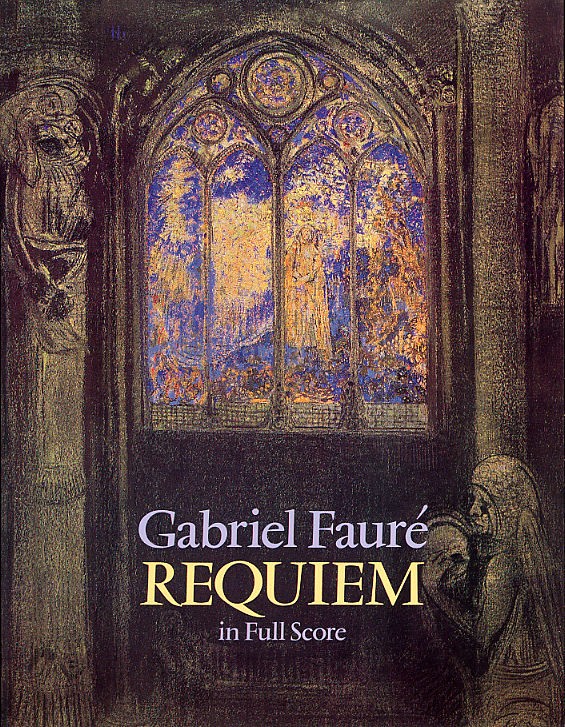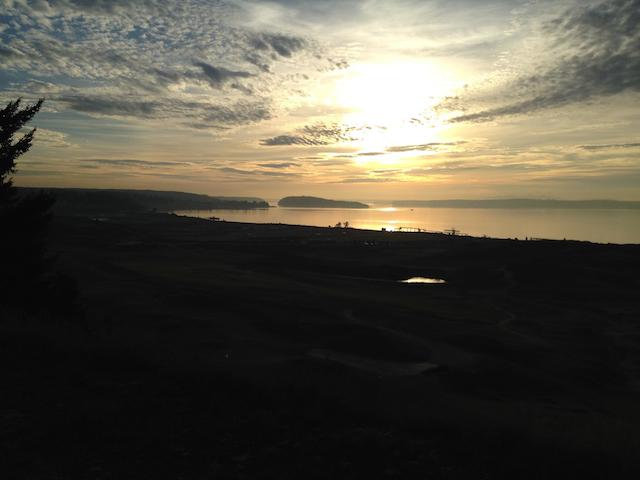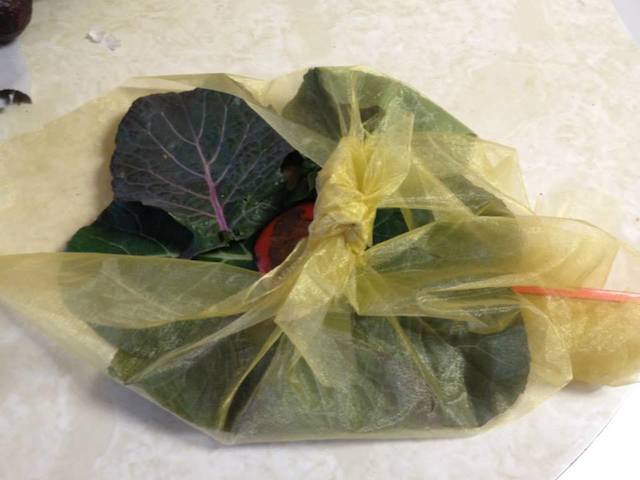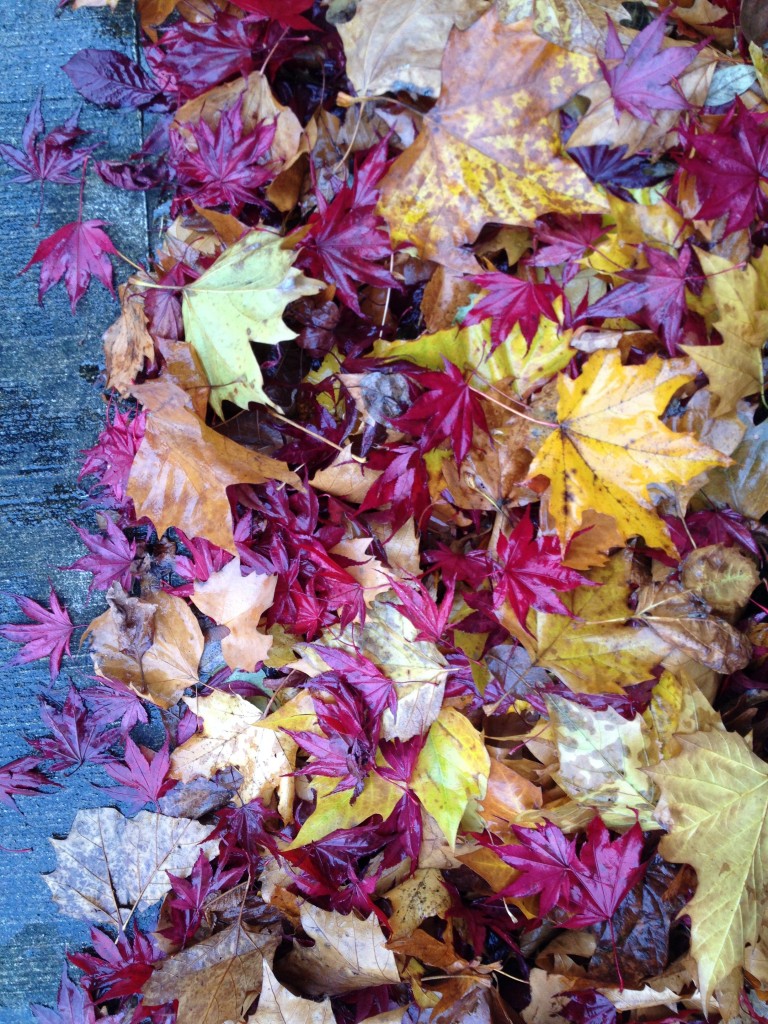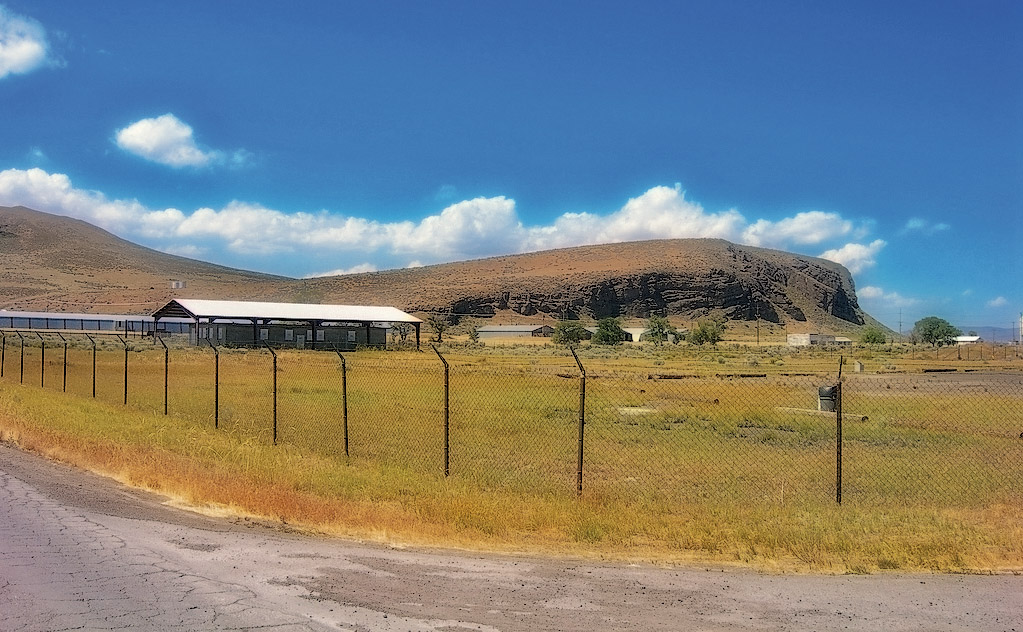I could tell multiple stories within the story of how I became a writer. It’s an occupational hazard. Scratch the surface of any story, as many writers know, and a multitude of sedimented stories lie in waiting.
But I have never been good at the through line: the theme that connects all parts of the story, the arc, the overarching bridge. The spine that holds everything upright. I’m trying to focus on the art of the through line.
We could tell my becoming-a-writer story in rising action:
Ever since I was a little girl—yes, that kind of rising action. Reading books by the hundreds; my dad was a librarian, after all. He would check out all of the Caldecott books, stack by stack, and bring them home. I was drawn to books about young women who were writers. Jo in Little Women. Anne of Green Gables, Emily of New Moon. Harriet the Spy. Anne Frank. Summers were library reading programs with little colored dot stickers to mark progress on a paper chart. Journals, diaries. On my desk were beautiful notebooks that I received as presents but never allowed myself to write in, thinking that I needed to write only beautiful things inside. A secondhand store copy of Writer’s Market on the shelf in my childhood bedroom. Writer’s Digest in my mailbox when I was thirteen years old. When I was ten years old my father died, and I found so much comfort in Vicky writing poetry in A Ring of Endless Light.
Summer school meant writing camps. Between seventh and eighth grade was the summer my mother cashed in her stocks and savings so I could take Expository Writing with other “gifted kids” at Scripps College.
I say “I,” but I mean “we.” Not wanting me to fly alone and live in the dorms, my mom and my sister and I drove to Southern California and stayed in a Motel 6 for three weeks. We ate at many buffet restaurants and drank a lot of Ovaltine. During the day my little sister and my mother went to Del Amo Mall and got their ears double pierced together. I wrote all my homework by hand at the little round table in the motel room.
So my family’s support, absolutely: essential.
I started writing essays for myself in middle school and returned to writing personal essays in college. Many of them have been like this one: vignettes, snapshots, scrapbooks of words, closeups, portraits. Larger landscapes have—until this year—escaped me in my writing life. As I blogged, I went from posts of 700 to 1000 words. My default mode is usually vignette to vignette. I have written two-thirds of a memoir in chapters, but struggle with the through line, some five years later. More recently I’ve worked on the braided essay, the weaving together of several distinct threads. As much as I love this format, I also wonder if it’s cheating, that way of creating a through line. It asks the reader to do the connecting. And see? I haven’t really introduced my through line yet.
We could also tell my becoming-a-writer story in falling action:
I wrote a college thesis, a Master’s essay, doctoral exams, then a dissertation—yes, that kind of falling action. Read more books by the hundreds. I wrote job application letters, course descriptions, syllabi, a third-year review file, a tenure file. Notes to prepare for several appeal meetings. Then a request to move my office across campus for my last year, the year I called “my year of shame.”
When I left academia, I began writing job application letters again, dutifully, three times a week as required by the unemployment office. I started to picture myself elsewhere: different colleges, different states, different employers, and different arenas. There were house payments to make, credit card bills to pay, student loans to defer, shoes to buy for growing daughters.
In between the rising and the falling action stories, I had met the boy who became the man who became my husband.
Part of the first few years of our relationship were long distance, and we wrote letters to each other. The first letter he wrote to me was when I was at summer school, another creative writing camp, in Oregon. The back of the envelope had a stamp from the mail order company Columbia House—he’d taken the stamp for The Princess Bride soundtrack, because he knew it was one of my favorite movies—and written “As you wish” beneath it.
He’s known me well. During the worst of the falling action years he watched me reach for rising action again. I could get a new teaching job! I could be a department head at the university where we got our doctoral degrees! I could be an instructional designer, a curriculum developer, a college counselor! I read books on personal change, habit changes, career transitions, Act IIs, biographies. Julia Child became one of my heroes, as she’d reinvented herself at 35. I wrote more job applications, I revised text on community college websites. I was dutiful and practical and beginning to despair.
After I took a questionnaire from the classic job hunters’ manual, What Color Is Your Parachute?, my husband just shook his head, bemused.
“Ever since I’ve known you,” he said, “you’ve wanted to be a writer. Why you don’t just go and do that?”
He had reminded me of my through line.
We’ve been together for almost 29 years, and married for twenty years this month. Here’s what I want you to know about him in the story of me becoming a writer:
He helped me set up this blog. The blog led to writing practice, which led to a writing portfolio. People and places began to ask me to write for them.
After I fumbled for a year through my new elevator speech of “I used to be a professor,” he said firmly, “No. You’re a writer.”
He helped me design my business cards that I could hand out: the ones that say, “Tamiko Nimura, Freelance Writer.”
He changed his career to one which could support our family financially—writing could not—and continues to do that today.
He is my first reader, my best reader. If you’ve read any of my published writing, chances are he’s read it first. Because I’m writing this as a present, this piece is a rare exception.
Because he’s not reading this first, I already know I’ve used too many commas. Where I would typically like to pause, he urges me to keep moving forward.
I am a writer now. I’ve just finished writing my first complete book this year. There are still many more stories within the story of how I became a writer. But in all of them, he is my through line: the spine that holds so much upright.
Happy 20th anniversary, Josh. Thank you.

